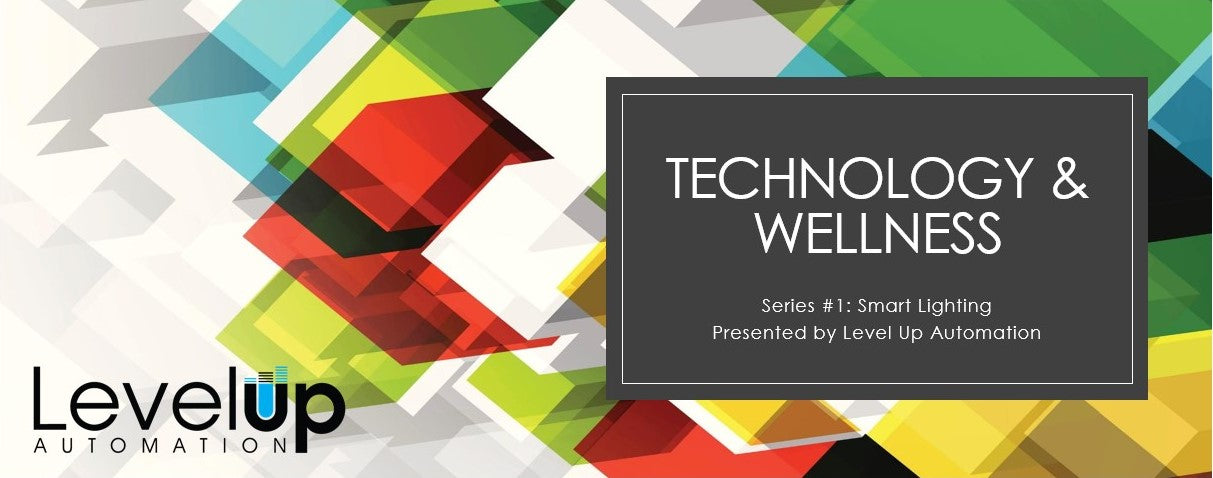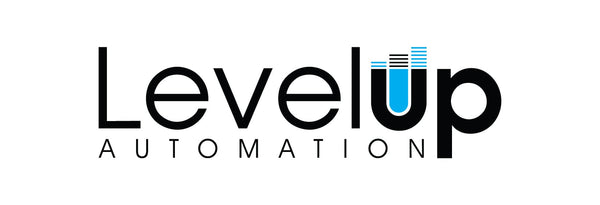Technology & Wellness Series: Issue 1 Lighting and Health

Technology and Wellness Series - Is it time to pop a tent?
For thousands of years we as humans have lived outside and spent 99% of our time living, sleeping, eating and surviving immersed in nature.
In a FLASH on the human evolutionary timeline, we have found ourselves stuffed inside office spaces and homes with little to no natural light or fresh air.
Our body and mind are used to experiencing:
- Warm colors in the morning (evoking sunrise)
- Cooler colors midday (evoking high noon)
- Warmer colors in the evening (evoking sunset)
Short on time? Scroll to our simple home experiment at the end of this issue to help you improve your lighting in a healthy way.
Most of the light we receive in 2020 comes from electricity fueled artificial lighting. Our body temperature is regulated through advanced heating/AC systems that help us achieve what we think is the perfect temperature.
We are as comfortable as ever, but we are not as healthy as ever.
As this topic relates to our HEALTH, we have had no time to adjust or evolve as a species to our new environments. Most of these changes have taken place within the last 100-200 years. On the human time scale this is the equivalent of a head on collision!
The natural cadence of the sun that we are all familiar with is sunrise, high noon and sunset. A daily routine for heat, light, adjusted humidity levels and much more…for millions of years - and humans, like most species, are tied to it.
To simplify, your body and mind are looking for the following in lighting:
- Warm colors in the morning (evoking sunrise) Cortisol levels rise. This is commonly referred to as the "stress hormone" and it helps energize us for the work of the day
- Cooler colors midday (evoking high noon) Blue, bright lighting supports productivity and the state of being fully awake.
- Warmer colors in the evening (evoking sunset) Melatonin levels rise – the sleep hormone kicks in triggering its time to unwind and get ready for rest.

In terms of light, most people know blue lights at night impact our ability to produce hormones ...like melatonin. You probably recognize this as a popular supplement that can be taken to help with sleep.
When your brain recognizes it is getting dark, your pineal gland secretes the hormone melatonin, which tells your body it is time unwind and start to get ready to sleep.
Blue light, which is emitted from smartphones, computers, and bright lights inhibit your ability to produce melatonin. The brightness of your light at home at night also contribute. Your brain doesn't recognize it is night time, so your pineal gland is not as effective at releasing melatonin.
The temperature of light also impacts how you feel when you wake up.
If you live in the northern climate, you experience this phenomenon when it’s pitch black at 7am during the winter solstice and all you want to do is stay in bed - your eyes, body and mind are missing the sunrise. You might feel lazy, but you are not!
Cortisol an important hormone, is meant to help us RISE in the morning and kick us out of bed. Cortisol levels rise with the sunrise. So if it feels like it’s much harder to spring out of bed in the winter - well without the sunrise, it is.
What does this mean for all of us stuffed in our homes, in quarantine no less?
If you are sitting by a cool, white LED at night with your heat rising trying to relax and perhaps read a book before bed instead of your smart phone....your lighting and temperature levels are inhibiting your ability to decompress and fall asleep.
Do you remember when smart phone companies enabled nighttime features on phones a few years ago? It’s because the blue light is terrible for humans at night. We were as a species in the blink of an eye hunched over our phones. Scrolling, swiping, whatever.
Ever wonder why sitting by a nighttime fire is relaxing and eases tension? Warmer colors are represented mirroring that of our sunset. And most of the time, fires happen at night when it is darkest. Humans have spent many nights gathering around fire. It’s warm, inviting and encourages relaxation.
Here is a fun, short video from the Atlantic showing the history of how humans have used light.
Here’s an experiment for you:
Buy a few inexpensive smart bulbs with a warm and cool mode on them and connect it to your WiFi network (a few reliable brands include C by GE, LIFX, Phillips HUE, Lutron). No need for all the fancy colors unless you want it. Switch them out in your bedroom lamps and for two weeks use those - warm - cool - warm.
Then after two weeks remove them and go back to your regular lights. Let me know what you think.
All My Best,
Jen
CEO - Level Up Automation & Level Up Your Home








Leave a comment